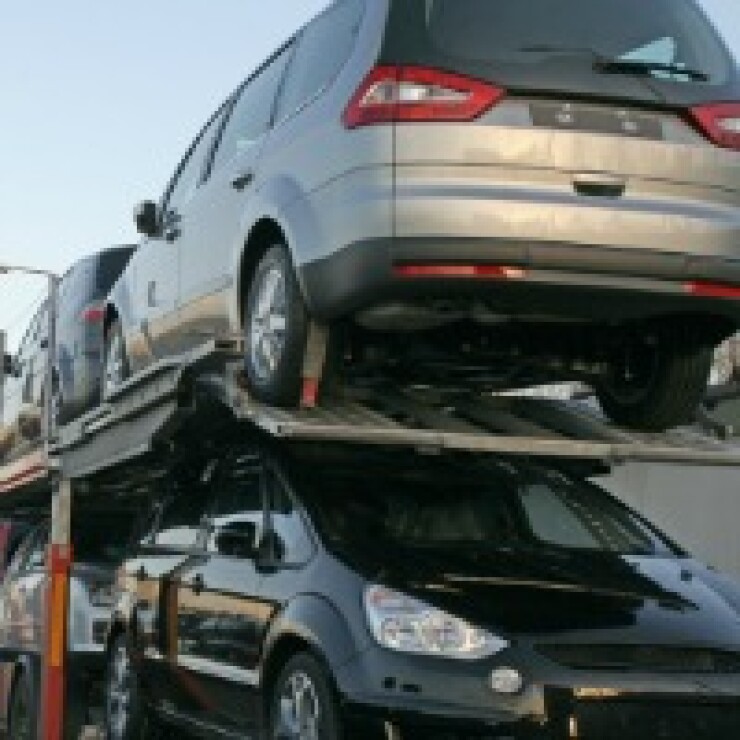Bill Brower, VP of claims product management for LexisNexis Risk Solutions, contributed to this article.
There is a rapid transformation underway in the auto claims process. Analog, labor-intensive processes are giving way to more contemporary digital, data-driven models enabled by mobile devices and analytics, changing consumer preferences and connected devices. In claims, this is leading to the advent of the "touchless claim," in which insurance carriers leverage all available data to improve the customer experience by giving the customer less work to do at first notice of loss and throughgout the claims process.
How important are first impressions to your insurance company? There is truth in the old adage that you only have one chance to make a great first impression. So, how does that relate to an insurance claim? Most customers don’t know what to expect from their insurance company until they report their first claim.
At that moment, the customer’s first impression can make all the difference, especially when deciding if this is an insurer they want to have a long term relationship with or not. The key to a successful first impression is based on both the quality of customer service skills of the call taker and also the real time information the insurer has immediately available to make the claim process easy for their customer.

When information is lacking, the customer is bombarded with seemingly endless questions even for a simple claim. Conversely, with a robust dataset the call taker is like an old friend who knows the caller and only asks the customer to confirm a few key pieces of information. When a third party is involved in the accident, real-time data access can identify the party, vehicle, coverage and contact information with a simple license plate number. This eliminates unnecessary homework for the customer.
A great customer service rep that is empowered with real time actionable data makes a great first impression on the customer today. Tomorrow, robust datasets will be even more impressive with the addition of real time police record data, collision telematics data and even self-service reports leveraging the connected car and internet of things (IoT).
Research says
Supporting much of what is stated above, the J.D. Power 2017 U.S. Auto Claims Satisfaction Study revealed what a majority of customers said following a claim. Specifically, carriers can improve customer experience by;
· providing greater empathy during the FNOL process;
· offering a faster, more efficient process;
· verifying personal data carriers already have, so that the same questions aren’t asked multiple times;
· providing customers with a clear understanding of next steps and processes; and
· providing more frequent updates of claims statuses.
Multiple and diverse data sources of driver and vehicle data are available today, and more are coming quickly as drivers and vehicles become connected. These can and should be used to populate the FNOL claim to reduce adjuster time, claims cycle time and policyholder frustration.
The number of connected things is exploding exponentially, including cars, drivers, homes, people and property; an estimated 30 billion IoT connected devices will be installed worldwide by 2020 and 75 billion
Until the greater percentage of cars on the road is fully connected -- which could be as much as
Touchless claims
Much of this information will also be valuable in simplifying the FNOL process and, when processed through AI algorithms, can move carriers closer to the “touchless claim” (instant, effortless and accurate). Fast and accurate triage with the most appropriate 3rd party services can also be enabled using this data, AI software and connective technologies, further compressing claims cycle time, reducing costs and raising policyholder satisfaction and retention.
The Connected Car, quickly proliferating and driven by consumer demand for digital solutions and services everywhere in their lives, will complete the transition to touchless claims as instant crash notification triggers automated FNOL and claims services selection, ordering and scheduling
Carriers can start now to plan and prepare for the new touchless claim paradigm by taking advantage of what is available today in terms of sources and types of driver and vehicle data to auto-populate FNOL, and by identifying an information technology provider than can serve them today and well into the digital future.





